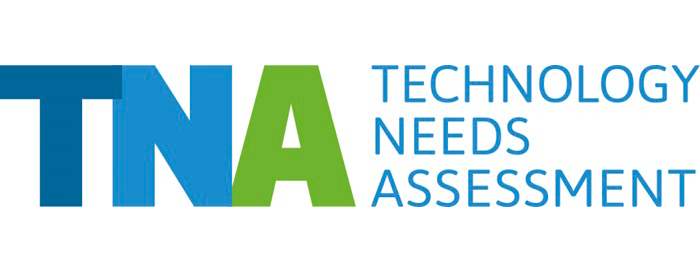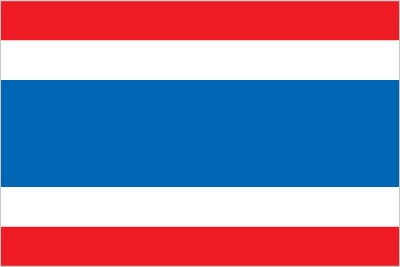In 2012, Thailand completed its first Technology Needs Assessment, focusing on key sectors such as water, agriculture, and energy.
The TNA identified precision farming as a priority technology for the agriculture sector, with decision support systems and training being key components for technology transfer. Among other inputs from the TNA, this was incorporated into the Thailand Climate Change National Plan for 2015-2050. In 2025, The country rejoined the TNA project, aiming to update its first TNA.
Thailand’s economic progress has placed increased pressure on Thailand’s ecosystems, particularly its river systems, wetlands, and fragile agricultural sector. Moreover, the country’s long coastlines and vulnerability to extreme weather events make it highly susceptible to the impacts of climate change.
The country has long recognized the importance of addressing climate change as a key challenge to its communities’ livelihoods, economic growth, and the broader goal of sustainable development. As early as 2007, Thailand began integrating climate change considerations into national policies, setting the stage for a more resilient and sustainable future. Thailand has committed to reducing its greenhouse gas emissions by 30% by 2030, with an ultimate goal of reaching net-zero emissions by 2050. Achieving these ambitious targets is contingent upon the adequate and enhanced transmission and diffusion of clean technologies, as outlined in its NDC.
This initiative directly contributed to the formulation of the country’s first NDC, guiding the development of policies and projects aimed at mitigating and adapting to climate change.
Based on the outcomes of the TNA, a project funded by the Green Climate Fund is in development. The Great Chao Phraya River Basin Area is particularly vulnerable to the impacts of climate change. As rainfall decreases and droughts increase, the river area will not overflow and provide the water needed for the surrounding agriculture. The project will enhance climate resilience through effective water management and sustainable agriculture, directly benefitting 20,000 households and indirectly benefitting the 25 million Thais residing in the Great Chao Phraya River Basin Area.
Thailand’s TNA contributes to the following Sustainable Development Goals:






